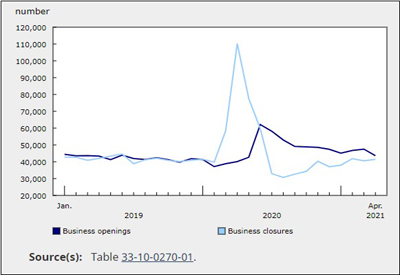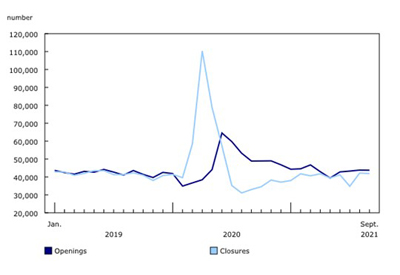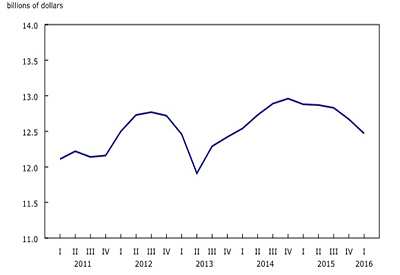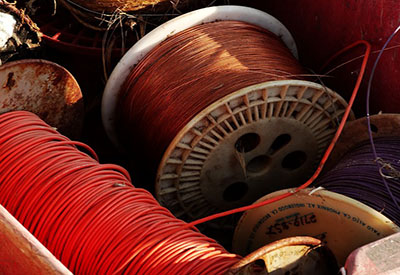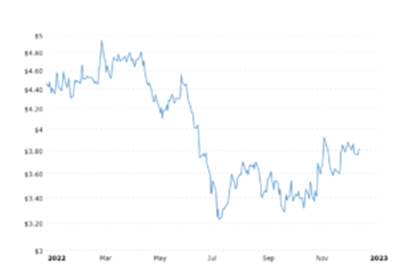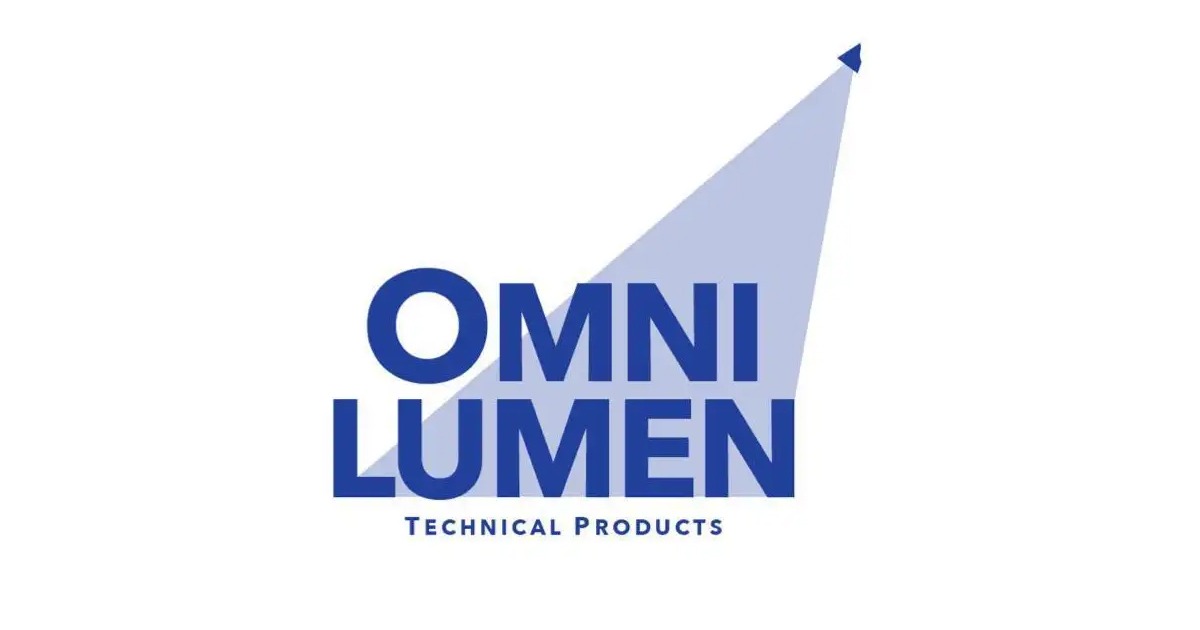Drones and Robotics for Utility Transmission and Distribution: Global Annual Market Revenue to Reach US$4.1 Billion By 2024
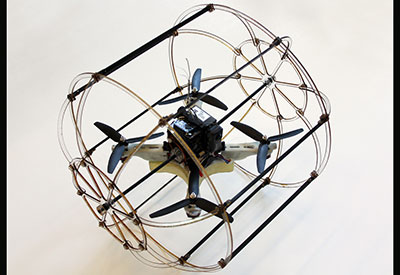
While popular media highlights the controversy around unmanned aerial vehicles (UAVs, or drones) in public airspace, the drive to establish commercial uses for drone technology has captured the public’s imagination and is proceeding at a rapid pace. Transmission and distribution (T&D) operators and utilities across the globe are beginning to look toward UAVs to reduce costs, improve safety, and increase reliability and response times across their systems. These new utility solutions include both drone and robotics technologies for transmission and distribution (DRTD).
T&D utilities have traditionally performed line inspections and maintenance, storm damage assessments, and vegetation management using line crews, helicopters, and third-party inspection services companies. Working on T&D systems is cost-intensive, difficult, and highly dangerous, and DRTD solutions represent an alternative with the potential to offer many benefits to grid operators. But the DRTD market is still at a very early stage, with new developments and product releases occurring daily.
The value proposition for T&D utilities to complete at least a portion of their inspections, maintenance, and damage assessments via UAVs and robotics is strong; with more than 50 companies now in the market, consolidation and large-scale growth are expected. According to Navigant Research, global annual DRTD revenue is expected to grow from US$131.7 million in 2015 to US$4.1 billion in 2024.
This Navigant Research report analyzes the global market for DRTD solutions, with a focus on five categories:
• multi-rotor UAVs
• fixed wing UAVs
• ground and line robotics
• integration and analytics solutions
• inspection services
The study also provides an analysis of the market issues, including drivers and barriers and regulatory factors, associated with DRTD solutions. Global market forecasts for revenue, segmented by technology and region, extend through 2024. The report also examines the key technologies related to UAVs and robotics, as well as the competitive landscape.
Key questions addressed by the report include:
• What are the primary component technologies of drone and robotics technologies for transmission and distribution (DRTD) solutions?
• How do these technologies contribute to improved utility transmission and distribution (T&D) reliability and operations?
• What factors affect the implementation of the different unmanned aerial vehicle (UAV) and robotics technologies?
• How do the market trends and opportunities related to DRTD solutions vary by region?
• What are the primary drivers for the growth of the overall DRTD market and associated revenue?
• How does the DRTD vendor landscape look today, and what may it look like in the future as the market matures?
Find out more about the report, Drones and Robotics for Utility Transmission and Distribution: Unmanned Aerial Vehicle and Robotics Solutions for Utility T&D Inspection and Maintenance — Global Market Analysis and Forecasts: https://www.navigantresearch.com/research/drones-and-robotics-for-utility-transmission-and-distribution.

